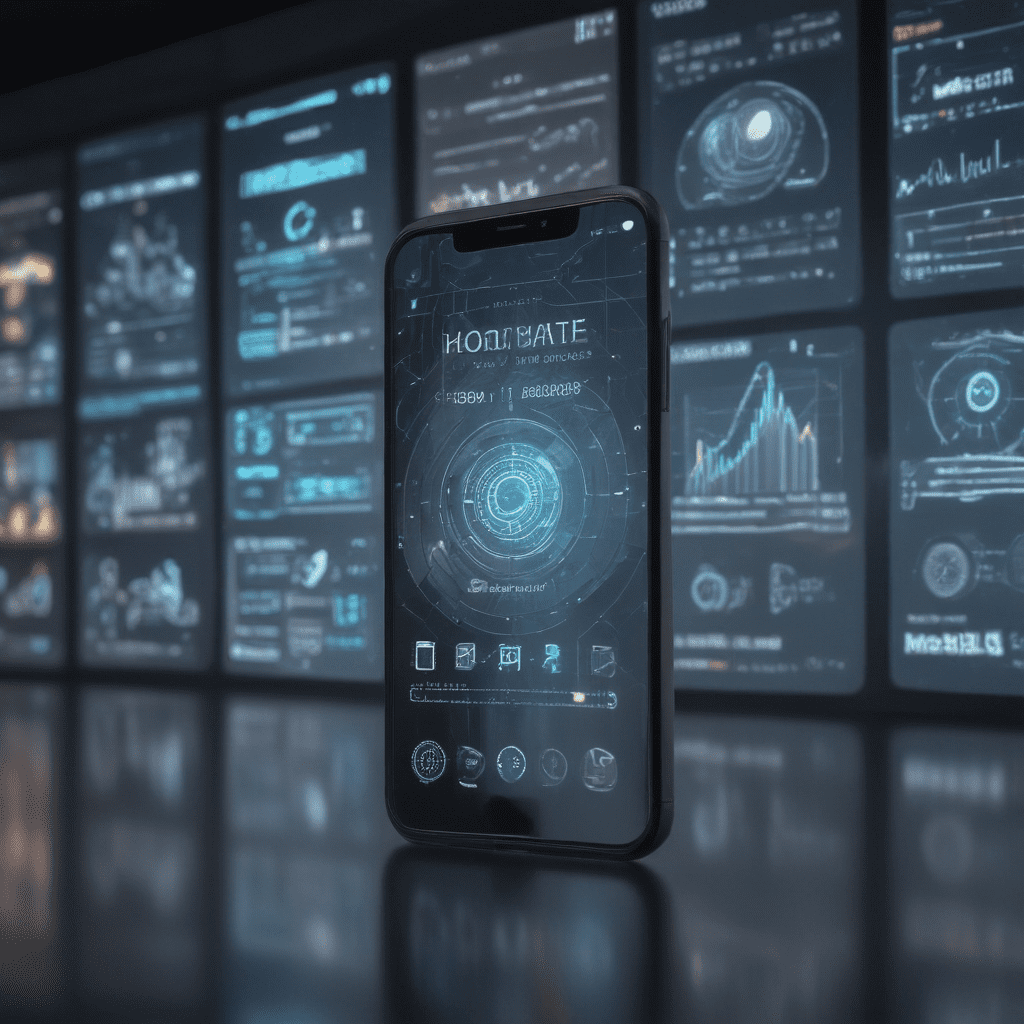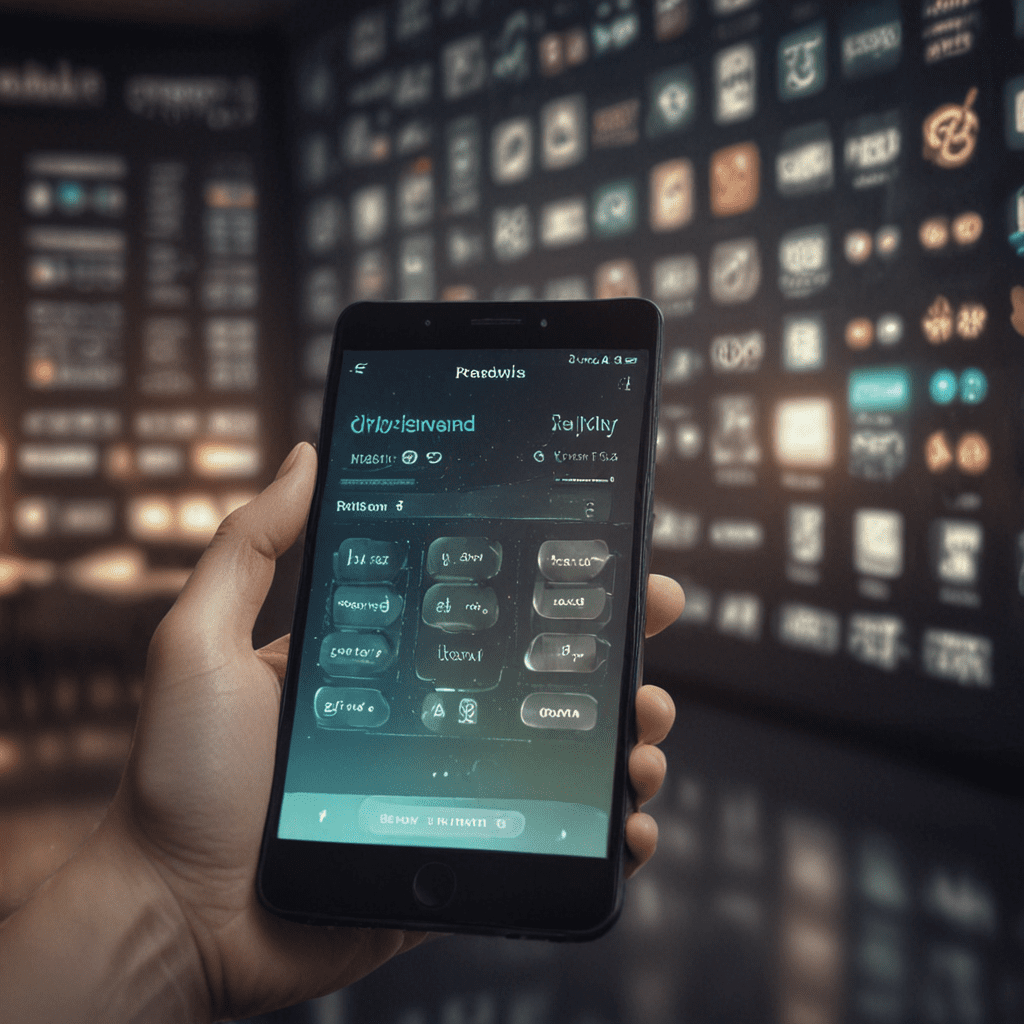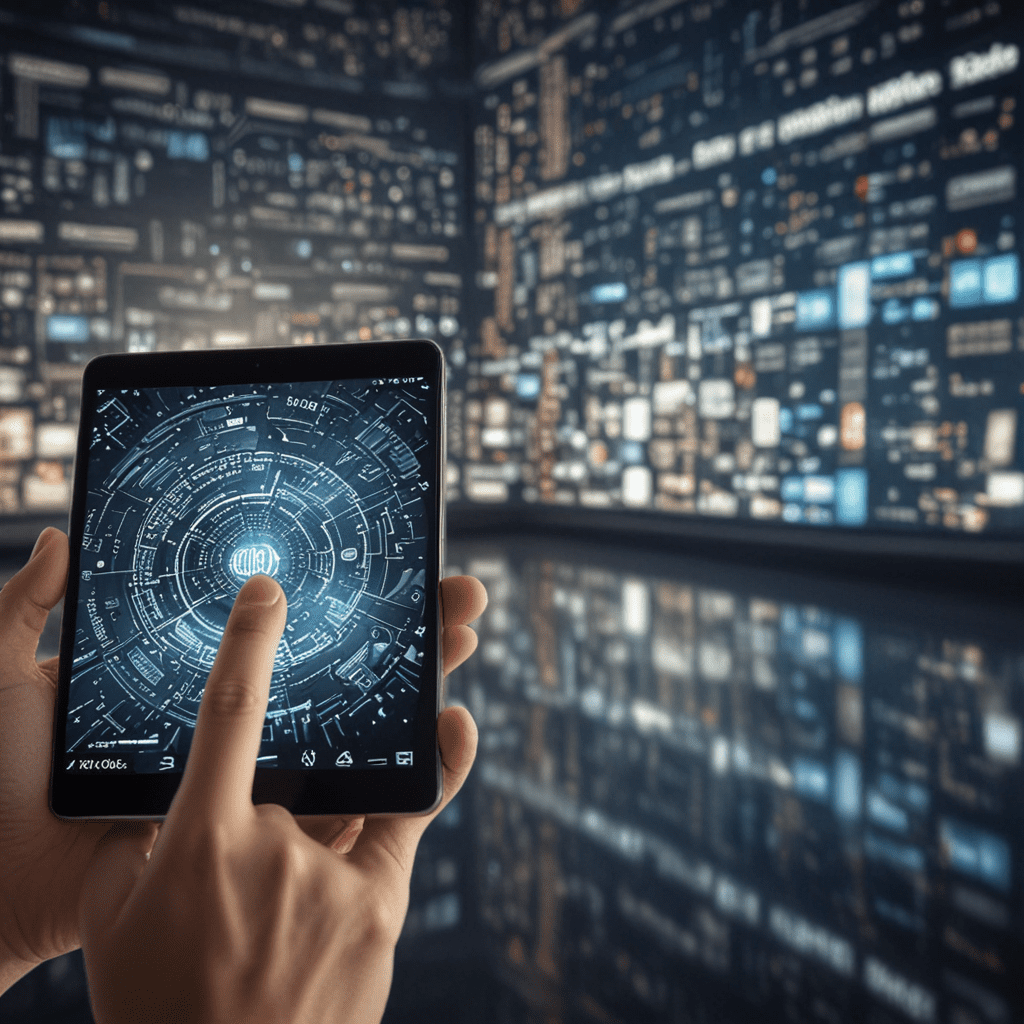
The Future of Mobile App Development: Holographic Displays Integration
I. Introduction
The mobile app development industry is poised for a revolutionary transformation with the advent of holographic display technology. Holographic displays have the potential to redefine user experiences by providing immersive and engaging 3D content that seamlessly interacts with the physical world. This article explores the fundamental principles, applications, and implications of holographic displays in the realm of mobile app development.
II. Full Holographic Display Fundamentals
Holographic displays utilize the principles of holography to generate realistic 3D images. These displays work by manipulating light fields, allowing for the creation of virtual objects that appear to float in space. Various holography techniques and display devices have been developed, each offering unique properties and advantages.
III. Holographic Displays in Mobile Applications
Holographic displays have the power to revolutionize the way we interact with mobile applications. By creating augmented reality (AR) and virtual reality (VR) experiences, holographic displays can enhance entertainment, education, and healthcare sectors. These displays enable users to engage with 3D models, interact with virtual objects, and access immersive learning environments in a way that was previously unattainable.
IV. Developing for Holographic Displays on Mobile
Developing applications for holographic displays on mobile devices presents unique challenges. App developers need to optimize user interfaces for holographic interactions, such as hand gestures and voice commands. Moreover, applications must be designed to take advantage of the unique capabilities of holographic displays, such as the ability to display 3D content in a natural and intuitive manner.
V. Impact on Mobile App Development
The integration of holographic displays into mobile app development will have a profound impact on the industry. It will create new opportunities for innovation, enhance user engagement, and unlock novel business models. Developers will need to adapt their skills and tools to meet the demands of this transformative technology.
VI. Full Holographic Display Evolution
Holographic display technology is continuously evolving, driven by advancements in hardware and software. Improvements in light source efficiency, optical components, and computational algorithms are expanding the capabilities and reducing the cost of holographic displays. The miniaturization of holographic components is also making their integration into mobile devices increasingly feasible.
VII. Full Holographic Display Challenges
Despite their transformative potential, holographic displays face several challenges and limitations. One key challenge is the high computational power required to generate realistic holograms in real-time on mobile devices. Additionally, the power consumption of holographic displays can be a concern for mobile applications. Content creation for holographic displays also poses unique challenges, requiring specialized tools and expertise.
VIII. Full Holographic Display Impact on Mobile
The advent of holographic displays in mobile app development will have far-reaching implications. It will open up new possibilities for entertainment, communication, and education. Mobile devices will become immersive platforms for gaming, virtual conferencing, and remote learning. By seamlessly blending the physical and digital worlds, holographic displays will reshape the way we interact with our mobile devices and the information they provide.
IX. Full Holographic Display Glossary
Holography: A technique for capturing and reproducing light fields to create three-dimensional images.
Light Field: A collection of light rays that describes the direction and intensity of light at every point in space.
Augmented Reality (AR): A technology that superimposes virtual objects onto the real world, viewed through a mobile device's camera.
Virtual Reality (VR): A technology that creates immersive, simulated environments experienced using a headset.
X. Full Holographic Display Acknowledgments
This article was written with the contributions of experts in the field of holographic displays and mobile app development. We would like to acknowledge the valuable insights and knowledge shared by:
- [List of researchers and contributors]
Frequently Asked Questions (FAQ)
Q: When will holographic displays become widely available on mobile devices?
A: While the timeline for widespread adoption is not yet certain, advancements in technology suggest that holographic displays could become commonplace on mobile devices within the next decade.
Q: What are the expected benefits of holographic displays for mobile users?
A: Holographic displays offer immersive 3D experiences, enhanced AR/VR applications, and novel ways to interact with digital content, providing users with more engaging, intuitive, and educational experiences.
Q: Are there any limitations to the use of holographic displays on mobile devices?
A: Current limitations include the need for powerful hardware, potential power consumption concerns, and the challenges of creating content for holographic displays. However, ongoing research and development are addressing these challenges.


